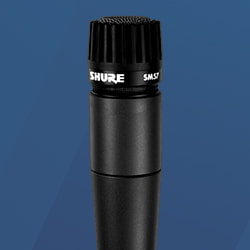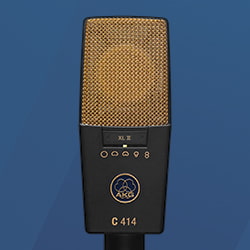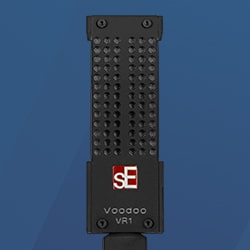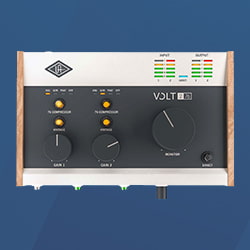Customer Kudos
"I've bought a lot of products from zZounds and have always been happy with my purchases all of my DJ equipment has come from there. There easy payment plans make things nice to spread out payments. Customer service has been very helpfully as well. I have referred friends that have purchased things and they are very happy also."
May 16, 2025
zZounds Live: How to Mic Guitar Amps
Whether you just want to capture song ideas, demo arrangements for your big project, or engineer your next solo album, recording guitar has become just as ubiquitous as playing the instrument. While it doesn't take a rocket scientist to simply put a microphone up to a guitar amp and press "record," mastering the technique takes a lot of experience. From which type of microphone to choose, to where to place the microphone, there are virtually limitless variables to contend with.
Please join us as Justin not only explains and demos the differences among various styles of microphones, but also guides you through the steps he employs to capture excellent sounding guitar tones.
Dynamic Microphones
Dynamic mics, like the Shure SM57, represent the go-to type of microphone for recording loud electric guitars. Since they can handle such high sound pressure levels (SPL), they are the preferred mic for many live applications. And the studio, dynamic mics are known for their ability to handle insanely loud sources like guitar amps and drums.
Condenser Microphones
For the most detailed and true-to-sound guitar tones, you might want to reach for a condenser mic. These microphones require a power source to function (+48V phantom power on most interfaces/preamps/consoles will do the trick), and are able to capture nuances that dynamic or ribbon mics can't pick up.
Ribbon Microphones
Ribbon microphones share a similar design to dynamic mics, but tend to exhibit a notable high-end roll-off, making them excellent tools for taking the shrill edge off sources with lots of high frequencies, like blaring guitar amps. These mics are the go-to for capturing rich cabinet resonance that add oomph to your recordings.
Audio Interfaces
An audio interface is the heart of your recording setup. Unless you use a mixing console and track to tape, chances are you'll be recording into a computer. Your interface is the device that translates analog electrical voltages into the digital 1s and 0s that your computer can interpret. Interfaces come in all shapes and sizes, so check our buying guide to see what will work exactly for your application.





